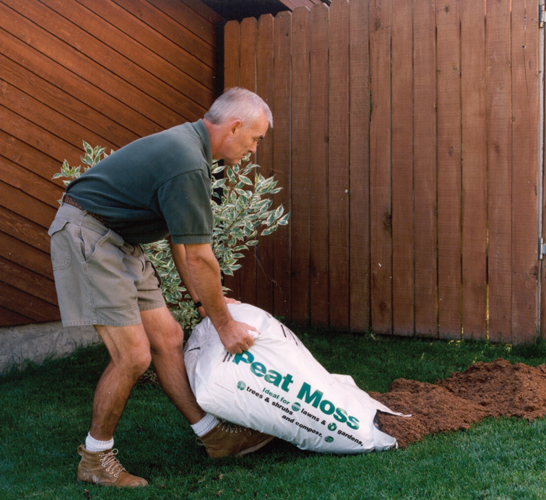Climate Change: Tips to Help Your Lawn

|
Climate change impacts local, regional as well as national landscapes. From heat waves to rainstorms to drought, the wackiest weather in history is being recorded throughout the country. Hundreds of communities have broken or tied all-time high temperature records. Some parts of the country were soaked with too much rain; other areas suffered through devastating droughts.
While scientists and politicians debate the merits of climate change, the odd weather is putting an extra amount of stress on many homeowners' lawns, leaving them brown, weakened and dying. But although weather related outcomes from climate change can take a toll on a yard, there are ways to help reduce -- and even reverse -- the damage. Soil experts offer these three tips to help your lawn recover:
1. Top dress: This is a simple technique that can reap big rewards. In the spring, use a rake to spread one-quarter to one half inch of Canadian sphagnum peat moss over the lawn. Adding peat moss helps to gradually condition the lawn throughout the year, strengthening the grass so it can resist weather damage, as well as disease, weeds and thatch. Peat moss releases water and nutrients slowly as the grass plants need it, so you won't need to water or fertilize as frequently.
2. Aerate: Removing plugs of sod in the spring loosens the soil and lets water, air and fertilizer get down to the grass plant's root structure. For smaller yards, or for concentrated trouble spots in any size yard, use a manual aerating tool that removes plugs from the turf. If you've got a large yard, consider renting a power aerator.
3. Start from scratch: Is your lawn so far gone you need to scrap it and start over? Properly preparing the soil can help lay the groundwork -- literally -- for a healthier, more trouble-resistant lawn. Before you seed or lay sod, dig or rototill two inches of peat moss into the top 6 inches of soil to help provide extra protection from the elements. The next time Mother Nature unleashes a barrage of weird weather, your lawn will be better equipped to cope.
To order free brochures on "How to...with peat moss" and other gardening tips, send an unstamped, self-addressed, business-sized envelope to: Peat Moss, Box 385102, Minneapolis, MN, 55438; e-mail cspma@peatmoss.com.
The Canadian peat industry is committed to making peat moss a sustainable resource. Only one acre in every 6,000 is harvested and when harvesting stops, the bogs are restored to functioning peatlands. For more information on peat and the environment, visit the Canadian Sphagnum Peat Moss Association's Web site at www.peatmoss.com.






